If the domestic and global economic recovery continues to improve, credit growth can absolutely reach the target of 16% or higher. However, the fact that outstanding credit is now twice the size of GDP is a warning signal, because it can lead to many systemic risks and consequences for the economy.
Maintain impressive growth momentum
Mr. Nguyen Phi Lan, Director of the Department of Forecasting, Statistics - Monetary and Financial Stabilization (State Bank) said that as of June 18, the total outstanding credit balance of the whole system reached about 16.73 million billion VND, an increase of 7.14% compared to the end of 2024.
Meanwhile, in the same period last year, this figure was only 3.87%. This is a sign that the capital demand of businesses and people is clearly recovering, thereby contributing significantly to promoting economic growth in the context of domestic and international instability.
Many bank leaders commented that credit growth in the first half of 2025 was positive, supported by sustained market demand, while interest rates were low, creating favorable conditions for businesses to access capital.
Among the “four pillars” of state-owned banks, VietinBank recorded the strongest credit growth rate. As of June 10, outstanding credit at this bank exceeded 1.9 million billion VND, up 9.1% compared to the beginning of the year.
VietinBank Chairman of the Board of Directors, Mr. Tran Minh Binh, said that the bank's credit capital flow is being clearly oriented according to the Government's direction, focusing on key economic projects, especially in the infrastructure sector. Many loans have been disbursed for large projects, connecting the region, which are both economically significant and politically strategic.
In the foreign banking sector, Shinhan Bank Vietnam also achieved remarkable credit growth of over 6.5% as of mid-June. According to Mr. Trinh Bang Vu, Head of the personal customer segment of Shinhan Bank Vietnam, the credit structure this year has clearly changed. When the demand for loans from the retail sector decreased, the bank shifted strongly to corporate customers, helping to maintain stable growth.
To support the GDP growth target of over 8% in 2025, the State Bank has set a credit growth target of about 16%. The latest report from MB Securities Company (MBS) shows that some commercial banks are having a positive disbursement rate: VPBank is estimated to reach 12% by the end of the second quarter, Eximbank 13%, VietinBank 10%, HDBank 6%, OCB about 7%...
With the positive recovery of credit, many economic experts believe that this year's credit growth could exceed the 16% mark. Deputy Governor of the State Bank of Vietnam Dao Minh Tu also affirmed that if necessary, the regulatory agency is ready to loosen credit room in the final months of the year to ensure the achievement of the set economic growth target.

Be careful with hot credit growth
According to the results of the survey on business trends in the third quarter of 2025 just announced by the State Bank of Vietnam (SBV), most credit institutions (CIs) and foreign bank branches in Vietnam recorded a strong recovery in demand for loans and use of payment and card services in the second quarter, far exceeding the demand for deposits.
The outlook for the third quarter and the whole year of 2025 continues to be assessed positively, with up to 62.6% of credit institutions forecasting that credit demand will increase even more strongly, much higher than the demand for deposits or payment services. Units expect the total credit balance of the system to increase by about 4.7% in the third quarter, with credit in VND and foreign currencies increasing by 4.7% and 4.8%, respectively. The credit growth rate for the whole year of 2025 is expected to reach 16.8%, significantly higher than the actual level in 2024.
However, these “hot” growth figures also bring with them many warnings. At the National Assembly, Governor of the State Bank of Vietnam Nguyen Thi Hong pointed out that the credit balance/GDP ratio by the end of 2024 had reached 134% – a very high level compared to similar economies. She emphasized that continued dependence on capital from the banking system would pose great risks to national financial stability and could cause serious consequences for the economy if not controlled promptly.
In fact, the credit/GDP ratio has been increasing continuously for many years, when credit often grows twice as fast as GDP growth. The World Bank has warned Vietnam about this index. Analysts also said that if this trend continues, the banking system will have to bear greater pressure from credit risks and bad debts, while the economy will be dragged deeper into the spiral of hidden debt.
An economy where outstanding credit consistently exceeds the value of annual output also means that the financial burden on businesses and households is increasingly greater. As debt servicing costs and interest rates rise, the ability to consume and invest will shrink, thereby stifling growth drivers.
On the contrary, banks in the context of wide credit space tend to prioritize disbursement to sectors with easy-to-appraise collateral assets such as real estate.
Meanwhile, the manufacturing and innovation sector, which requires a lot of capital but lacks collateral, has little access to credit. In fact, the proportion of credit to high-tech and innovation enterprises is still very low, although the regulatory agency has issued many incentive policies in recent times.
The fact that mortgaged assets are mainly real estate has somewhat distorted the direction of capital flows, reduced long-term investment efficiency and dragged down economic productivity.
Faced with potential risks, Governor Nguyen Thi Hong affirmed that the State Bank of Vietnam will continue to strictly control credit growth targets and flexibly manage monetary policy to both support growth and maintain macroeconomic stability, control inflation and ensure the safety of the banking system.
She also emphasized that to achieve sustainable growth, it is impossible to rely solely on bank credit capital. Ministries, sectors, especially the Ministry of Finance, need to proactively develop a roadmap for capital mobilization for key investment projects, carefully calculate the investment phase and reserve capital to avoid being passive in allocating resources, while avoiding putting pressure on the financial and banking system.
Source: https://baolamdong.vn/tin-dung-but-toc-canh-bao-rui-ro-di-kem-348651.html








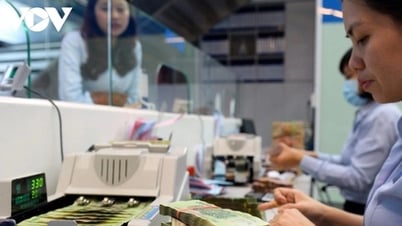

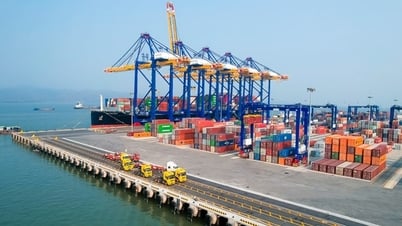




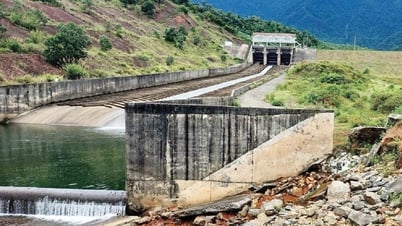









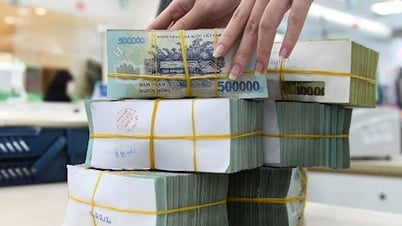



































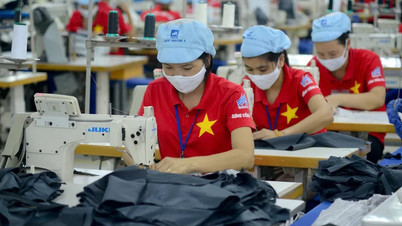










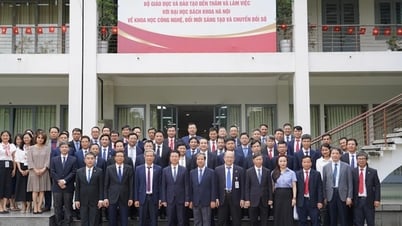










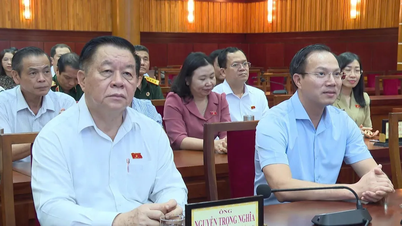



![[OCOP REVIEW] Bay Quyen sticky rice cake: A hometown specialty that has reached new heights thanks to its brand reputation](https://vphoto.vietnam.vn/thumb/402x226/vietnam/resource/IMAGE/2025/7/3/1a7e35c028bf46199ee1ec6b3ba0069e)


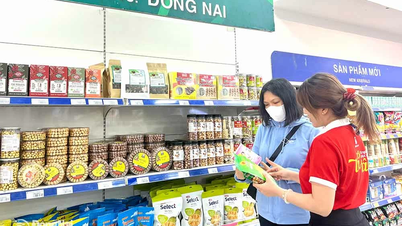


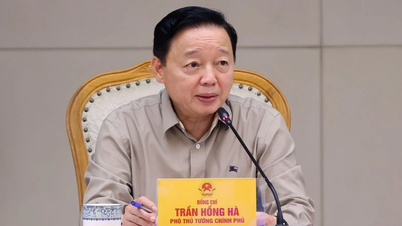





Comment (0)